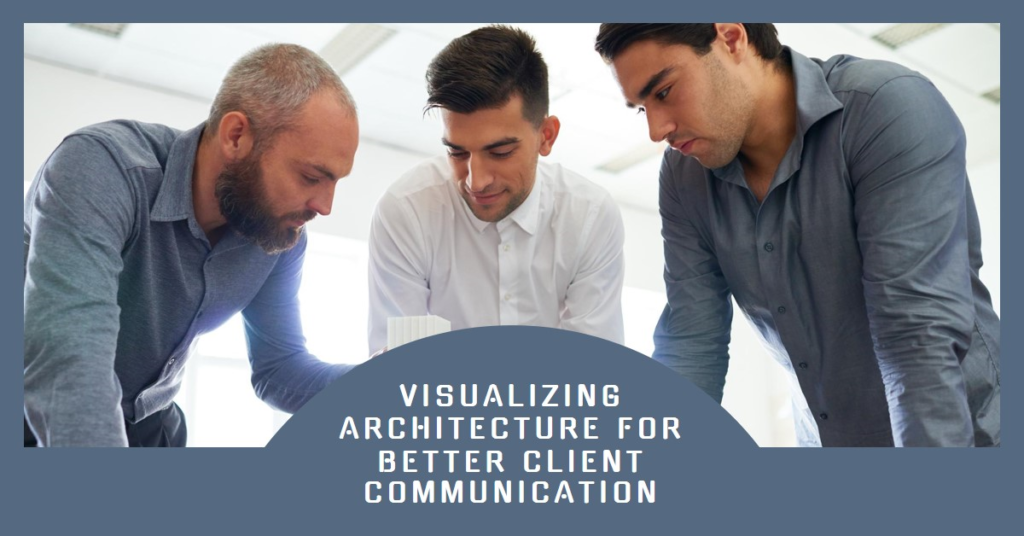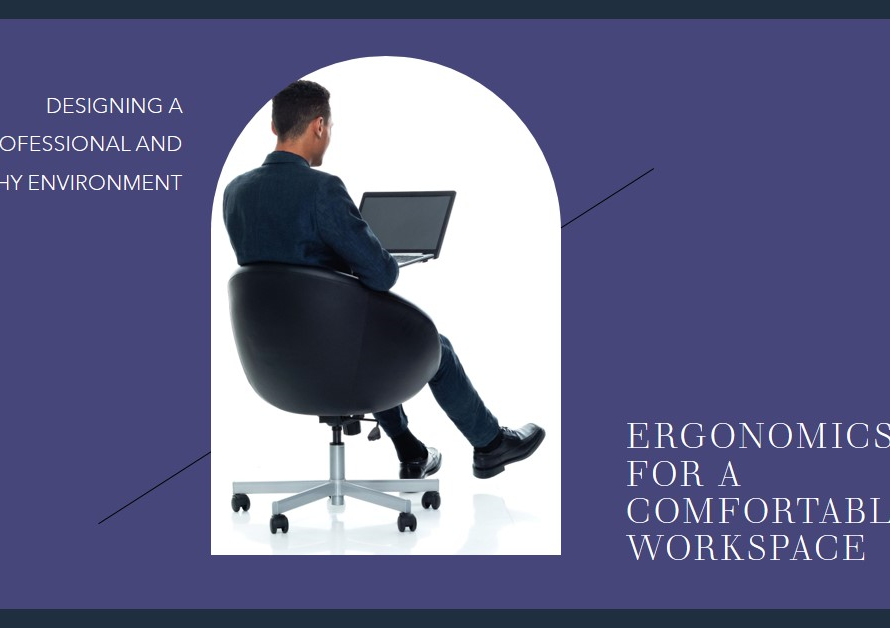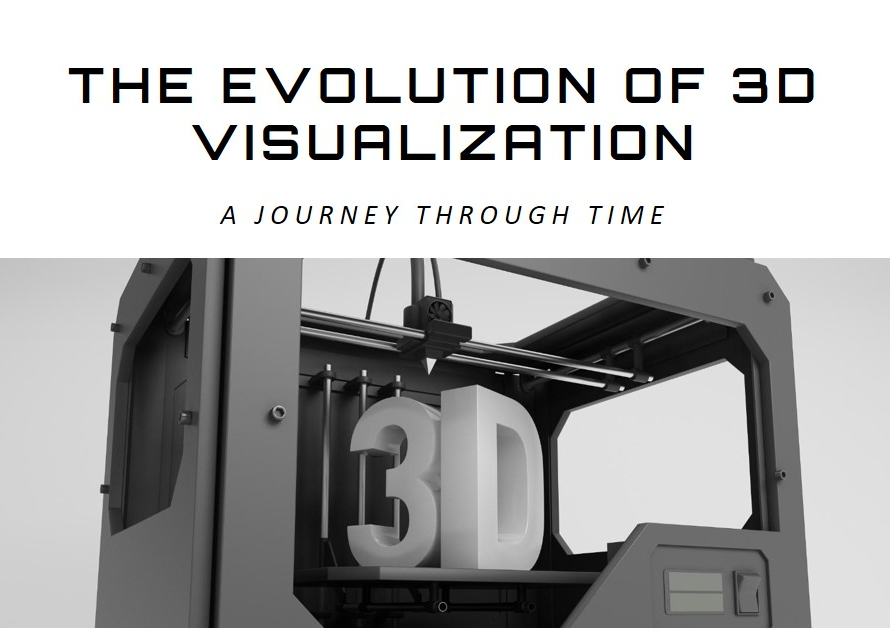
Table of Contents
1. Introduction: Anticipating Innovations in Architectural Visualization
As we embark on a new year, the field of architectural visualization is poised for significant advancements and transformations. In this blog post, we’ll explore the emerging trends and developments that are expected to shape the landscape of architectural visualization in the coming months. From the integration of cutting-edge technologies to the evolution of design methodologies, architectural visualization is on the brink of exciting changes that will revolutionize the way architects and designers visualize and communicate their ideas.
2. Adoption of Real-Time Rendering: Revolutionizing Design Workflows
One of the key trends that will define architectural visualization this year is the widespread adoption of real-time rendering technologies. Real-time rendering engines, powered by advanced graphics processing units (GPUs), allow architects and designers to visualize and interact with their designs in real-time, enabling faster iteration cycles and more dynamic design exploration. By harnessing the power of real-time rendering, architects can make informed design decisions on the fly, experiment with different lighting scenarios, and create immersive visualizations that accurately represent their vision for a project.
3. Integration of Virtual Reality (VR): Immersive Design Experiences
Another trend that is expected to gain momentum in architectural visualization this year is the integration of virtual reality (VR) technology into the design process. VR headsets provide architects and clients with immersive experiences that allow them to explore and interact with architectural designs in a virtual environment. From conducting virtual walkthroughs of proposed spaces to experiencing the scale and proportion of architectural elements firsthand, VR technology offers unparalleled opportunities for architects to communicate their designs and for clients to experience them in a more engaging and meaningful way.
4. Embrace of Augmented Reality (AR): Enhancing Client Engagement
Augmented reality (AR) is also poised to play a significant role in architectural visualization this year, with architects and designers leveraging AR technology to enhance client engagement and decision-making. AR applications allow clients to overlay virtual models onto real-world environments, enabling them to visualize how proposed designs will look and feel in their actual surroundings. By superimposing digital elements onto physical spaces, AR technology bridges the gap between the virtual and the real, providing clients with a more intuitive and immersive understanding of architectural designs.
5. Focus on Sustainability and Green Design: Visualizing Sustainable Solutions
In response to growing concerns about environmental sustainability, there is a renewed focus on incorporating green design principles into architectural visualization. Architects are increasingly using visualization techniques to communicate the sustainable features and benefits of their designs, such as passive solar heating, natural ventilation, and green building materials. By visualizing sustainable solutions in a compelling and persuasive manner, architects can inspire clients to embrace environmentally friendly design choices and prioritize sustainability in their projects.
6. Enhanced Photorealism: Blurring the Line Between Render and Reality
Advancements in rendering technology are driving a shift towards enhanced photorealism in architectural visualization, blurring the line between rendered images and photographs. With the use of sophisticated rendering algorithms and physically based materials, architects can create visualizations that are indistinguishable from real photographs, allowing clients to envision the final outcome of a project with unprecedented realism and detail. This trend towards enhanced photorealism raises the bar for architectural visualization, setting new standards for visual quality and realism in the industry.
7. Rise of Generative Design: Exploring New Possibilities
Generative design, a process that involves using algorithms to generate and explore design alternatives, is gaining traction in architectural visualization as architects seek to push the boundaries of creativity and innovation. By leveraging generative design tools, architects can explore a vast array of design options and uncover new possibilities that may not have been apparent through traditional design methods alone. From optimizing building layouts to creating intricate facades, generative design opens up exciting opportunities for architects to experiment with novel design solutions and push the boundaries of architectural creativity.
8. Collaboration Across Disciplines: Breaking Down Silos
Collaboration across disciplines is becoming increasingly important in architectural visualization, as architects work closely with professionals from diverse fields such as engineering, construction, and urban planning to bring their designs to life. By fostering collaboration and communication between different disciplines, architects can gain valuable insights and perspectives that enrich the design process and lead to more holistic and integrated solutions. This interdisciplinary approach to architectural visualization encourages innovation, creativity, and collaboration, ultimately resulting in better outcomes for clients and communities alike.
9. Accessibility of Visualization Tools: Empowering Designers of All Skill Levels
As visualization tools become more accessible and user-friendly, architects of all skill levels are embracing architectural visualization as an integral part of the design process. From intuitive 3D modeling software to cloud-based rendering platforms, there is a wide range of tools available that empower architects to create compelling visualizations with ease and efficiency. This democratization of visualization tools enables architects to communicate their ideas more effectively, iterate on designs more quickly, and ultimately deliver better outcomes for their clients.
10. Conclusion: Embracing the Future of Architectural Visualization


In conclusion, the field of architectural visualization is undergoing rapid evolution, driven by advancements in technology, changing design paradigms, and shifting client expectations. From real-time rendering and virtual reality to sustainability and generative design, architects are embracing new tools and methodologies that are revolutionizing the way they visualize and communicate their ideas. By staying abreast of these emerging trends and embracing innovation, architects can position themselves at the forefront of architectural visualization and continue to push the boundaries of design excellence in the years to come.


